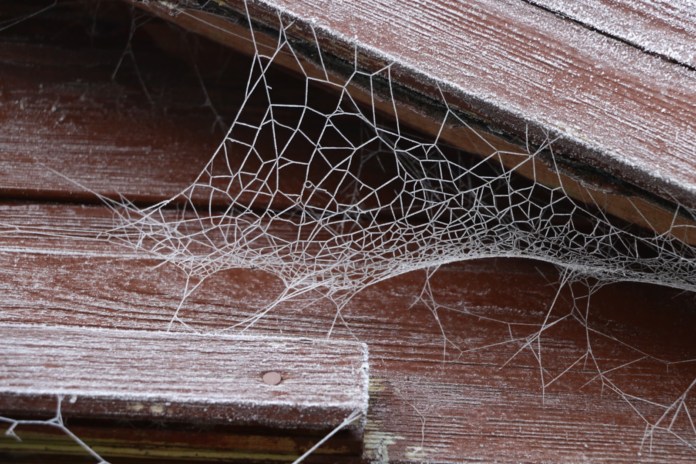Households are being urged to protect garden buildings before the cold and icy weather arrives.
The outdoor building experts at GardenBuildingsDirect.co.uk are advising homeowners to prepare their sheds, summer houses and garden offices for the chilly months.
If precautions aren’t taken to protect wooden outdoor structures, they can risk falling victim to mould, damp or rot.
Although preparing outbuildings for the harsh weather conditions can be time consuming, it is essential in order to avoid spending loads of money repairing the damage or repurchasing a brand new shed.
Rain is a common battle sheds and summer houses face most year round but during the winter months gardeners have to cope with snow and ice again. This could cause problems such as frozen locks or pressure on roofs following snowfall, as well as the formation of gaps that become a source of leaks.
A spokesperson for GardenBuildingsDirect said “During the winter months our sheds, summer houses and other outdoor buildings can endure harsh conditions which may result in irreparable damage.
“Taking the extra time and precautions to check everything is prepared for the colder months may save you a lot of money in the long run by finding small problems which you can fix yourself.
“Completing simple tasks such as sealing any openings or adding extra insulation can be essential to keeping damp, mould and rot away from your outdoor structures.”
Here are some tips for protecting your outdoor buildings this winter:
- Seal openings
Leaks are one of the most common issues caused by the winter weather, especially as the wood may contract in cold conditions. Take a look around your shed and look for any openings or holes from the outside and inside, be sure these gaps are watertight to avoid any damage such as rot and fill them if necessary.
- Prevent moisture inside
Excess moisture in your shed can cause rot, mould and rust, to avoid this happening ensure there is good air flow within your building, be sure not to clutter too many items. Remove any items which may absorb moisture or damp items in case of a leak.
- Boost roof felt
Large amounts of snow or water can cause a lot of pressure on a shed roof which can therefore damage it, check the strain of your shed roof before a heavy downpour and if needs be, replace it. After snowfall be sure to use a brush to push the snow or ice off the roof releasing weight and pressure.
- Treat the shed
Every year it is best to treat your shed with a timber treatment to protect it from water, especially as the ice and snow which has landed begins to thaw. Doing this annually will prolong the life of your shed, remember to do this on the inside as well as the outside. If your building is pressure treated, you shouldn’t need to worry about this for its first 5-7 years.
- Strengthen locks
With extremely cold weather on the way, locks freezing over can be a problem, apply a substance such as WD40 or oil to the movable parts to prevent the door or keys from getting stuck.
Help keep news FREE for our readers
Supporting your local community newspaper/online news outlet is crucial now more than ever. If you believe in independent journalism, then consider making a valuable contribution by making a one-time or monthly donation. We operate in rural areas where providing unbiased news can be challenging. Read More About Supporting The West Wales Chronicle




















